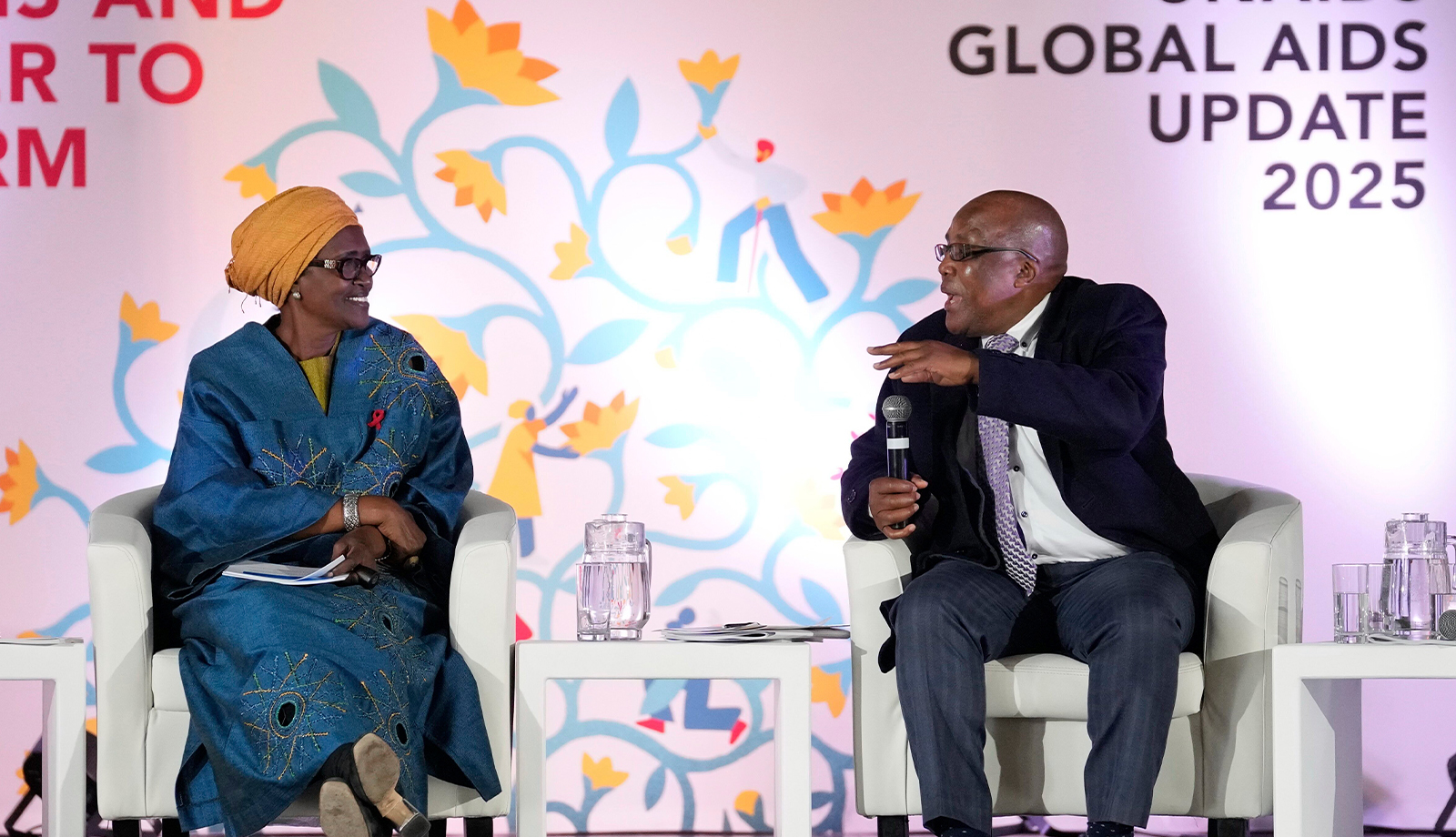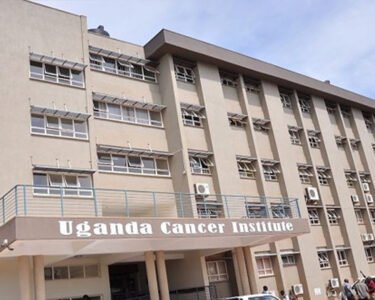Uganda is making progress in reducing new HIV infections and AIDS-related deaths, but the rate of decline is too slow for the country to meet its goal of ending AIDS as a public health threat by 2030, the Uganda AIDS Commission (UAC) has warned.
Speaking during the launch of the UNAIDS Global Update Report, Dr. Vincent Bagambe, UAC’s Director of Planning and Strategic Information, revealed that Uganda still records 37,000 new infections annually, with 1.5 million people living with HIV. Women remain disproportionately affected, accounting for 930,000 cases, while 70,000 children are living with the virus.
Latest
Kabuleta’s NEED Party Splits Into Two Rival Factions
Ntungamo MP Sustains Head Injury in Polling Station Clash
Entebbe Airport Passenger Traffic Hits Record 213,000 in June
EC Warns Aspirants on Academic Verification Ahead of 2026 Elections
LOP Budget vs. Poverty: UGX 4.2Bn Allocation Raises Eyebrows
Three Remanded Over UGX 500M Cattle Compensation Fraud in Otuke
Government Pledges Continued Support to Cultural Leaders
Government Hands Over Vehicles, Funds to Cultural Leaders
Mpigi Assistant Engineer Remanded Over Theft of Fuel Worth UGX 242M
NRM Confirms Primaries Set for Thursday Despite Postponement Rumors
Former Rakai DSC Chair Sentenced for Soliciting Bribes from Job Applicant
Government Secures UGX 170 Billion from World Bank to Boost Manufacturing and Exports
Munyagwa Pledges to Defend Rights of Ordinary Ugandans as He Takes Over Common Man’s Party
UPC Extends Deadline for Parliamentary and Local Government Nominations
“Our target was to reduce new infections to below 10,000 by 2030, but at the current pace, we risk missing that target,” Dr. Bagambe said. “We have made progress, but not fast enough. We need to bend the curves of new infections and AIDS-related deaths.”
HIV prevalence currently stands at 4.9%, down from 18% in the 1990s, but remains higher among women at 6.4% compared to 3.4% in men. While new infections have dropped by 61% since 2010, adolescent girls and young women remain the most vulnerable, contributing 70% of new infections among youth. Mother-to-child transmission has declined by 75%, from 18,600 cases 15 years ago to 4,700 annually, but Uganda is yet to achieve elimination.
Dr. Bagambe cited funding uncertainty as a major challenge following cuts in donor support, particularly from the United States. “Uganda’s HIV response is still heavily donor-dependent. If we do not increase domestic funding, our progress will stall,” he warned. He noted that government has allocated UGX 350 billion for the HIV response in the 2025/26 budget, including UGX 100 billion for drugs and commodities.
The Commission reported strong progress toward the 95-95-95 targets, with 94% of people living with HIV aware of their status, 90% on treatment, and 97% achieving viral suppression. However, children and men are lagging behind, with only 80% of HIV-positive children tested and 89% achieving viral suppression.
Risk factors fueling the epidemic include multiple sexual partnerships, low condom use, alcohol and drug abuse, and lack of male circumcision among young men. Structural drivers such as gender inequality, poverty, and stigma continue to increase vulnerabilities, particularly among adolescent girls, young women, and sex workers.
Dr. Bagambe urged the media to help combat misinformation and raise awareness, especially among vulnerable groups. He also called on government, the private sector, and civil society to increase domestic financing and support for prevention programs.
Read Also
Uganda’s Economy Set to Grow by 6% in FY 2025/26 – Finance Ministry
Taxi Driver Arrested After TikTok Video Shows Man Drinking Beer on Roof
Kyagulanyi Warns Lawyers: ‘No One Is Safe in a Lawless Uganda
Police Warns Against Violence as NRM Primaries Close
Family Breakdown Fears as 98% of DNA Tests Prove Negative
Impressive PDM Performance Sets Stage for Museveni’s Kampala Tour
Lord Mayor Lukwago Accuses Museveni of Early Campaigning Under PDM Cover
FDC: No Return to IPOD Summit Without Political Reforms
Gov’t Commits to End Delays For Banyarwanda Passport Applicants
Electoral Commission Under Fire as UYD Accuses It of Abetting DP Leadership Fraud
Justice Kanyeihamba, Fierce Government Critic Dies at 86
“We have the technology and medicines to keep people alive, but too many are still dying because they delay testing or drop out of care,” he said.
Uganda plans to integrate HIV services into broader health programs under a national HIV sustainability roadmap, focusing on prevention and reducing donor dependency.
“Ending AIDS is possible, but only if we invest more in prevention, keep people on treatment, and address social drivers of the epidemic,” Dr. Bagambe emphasized.





